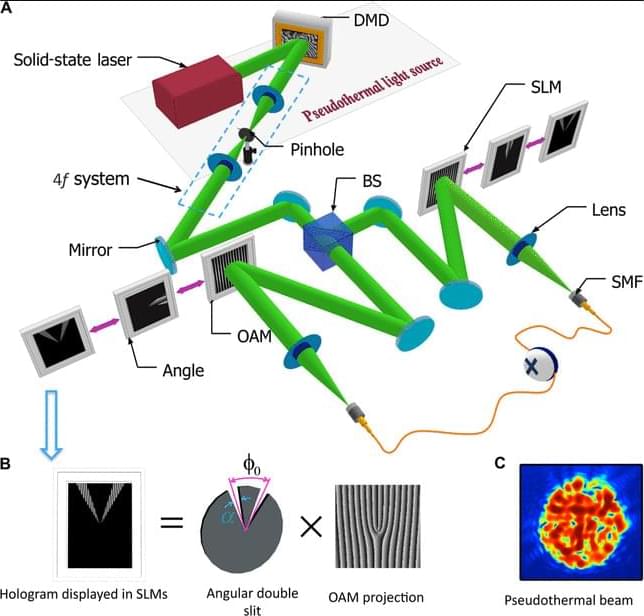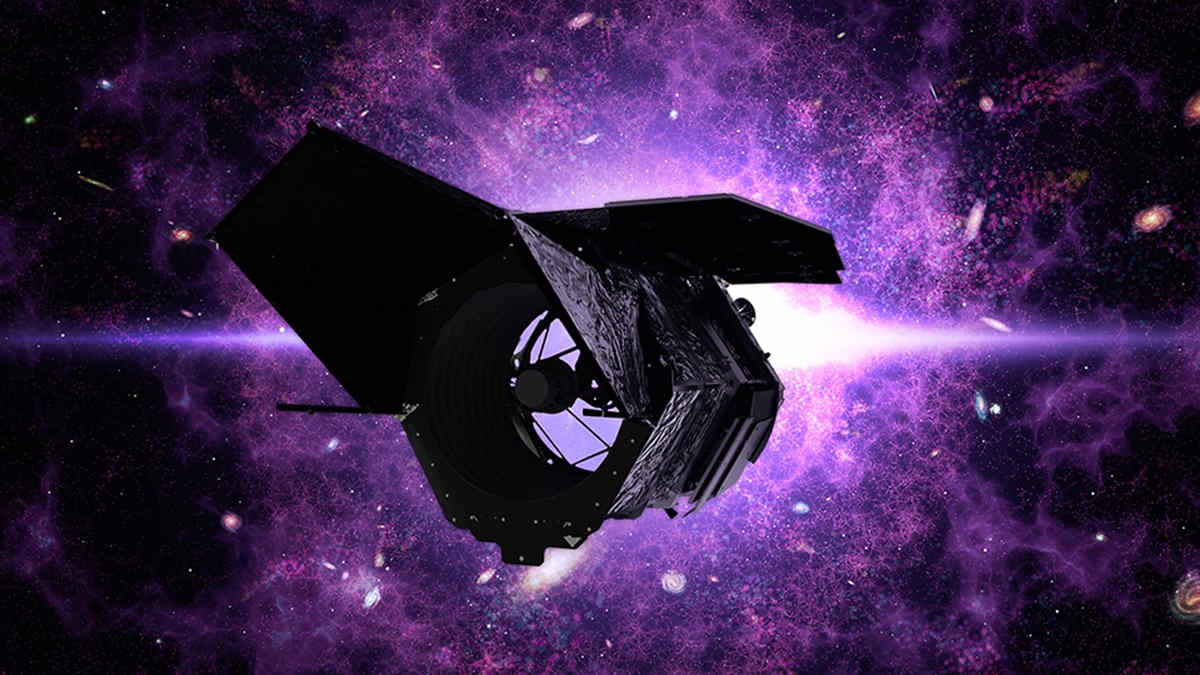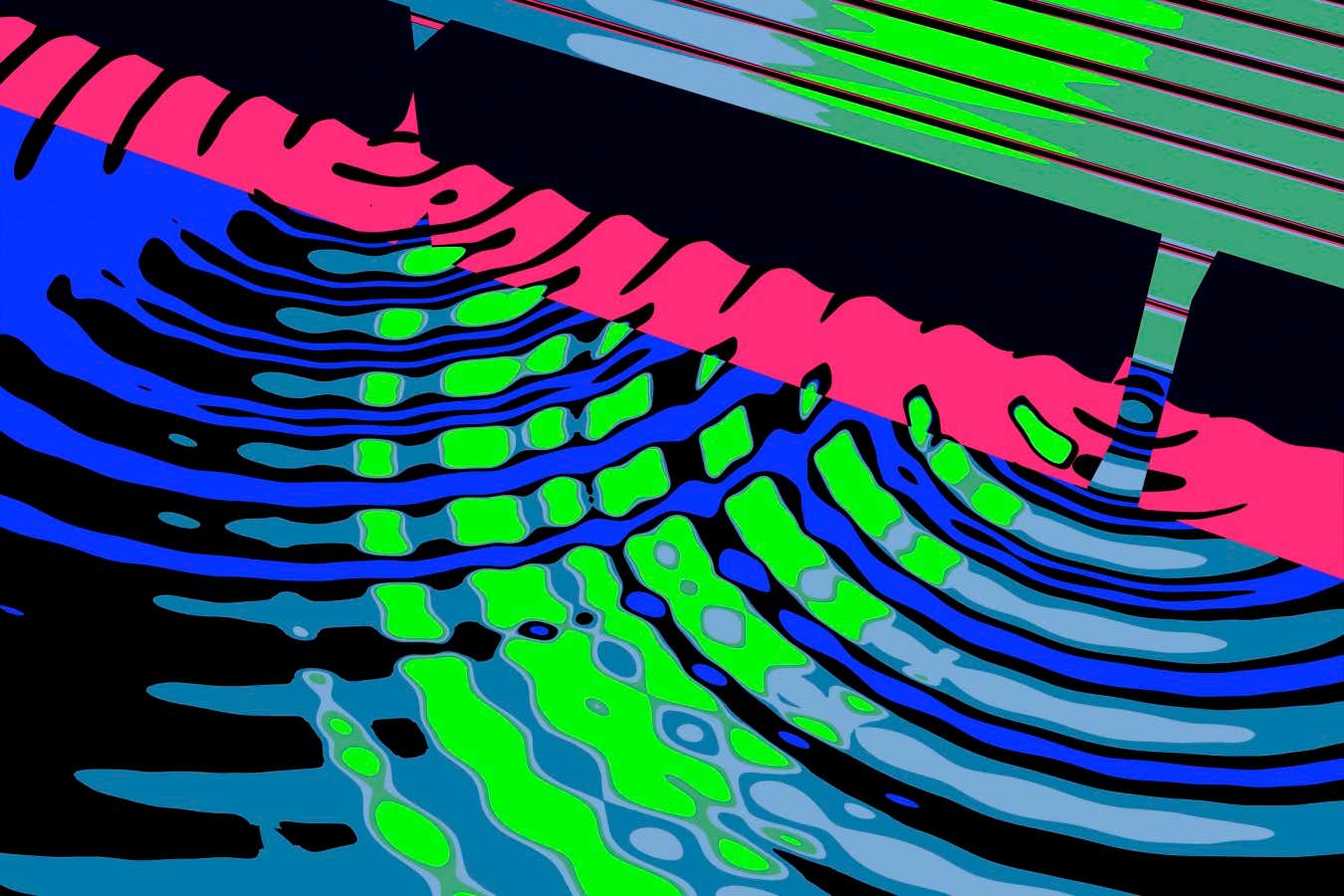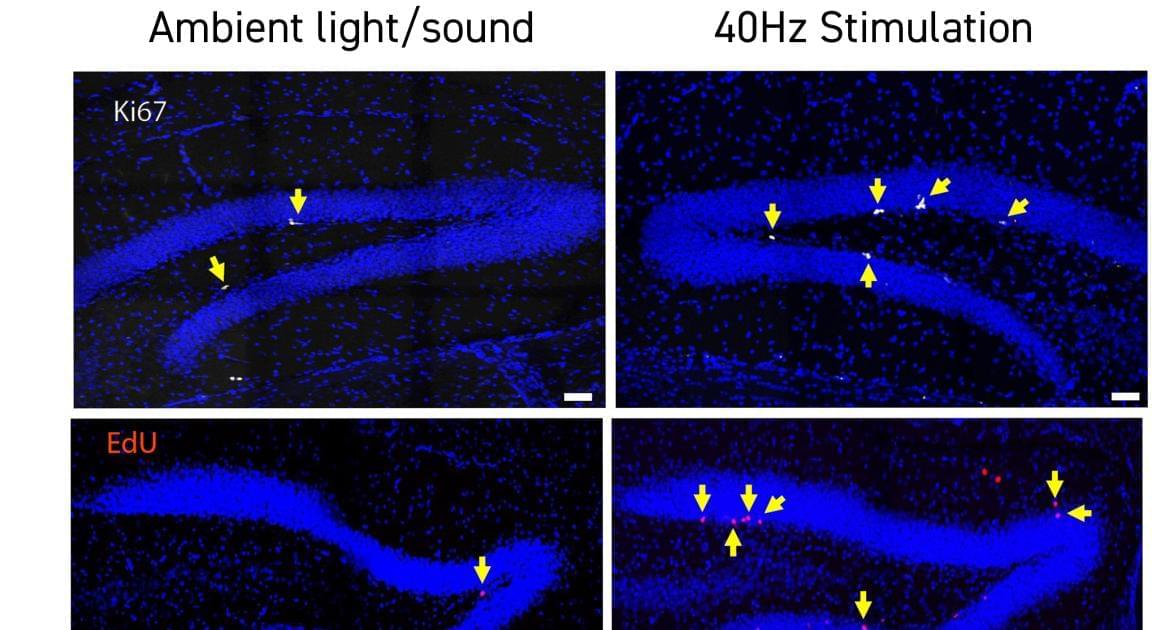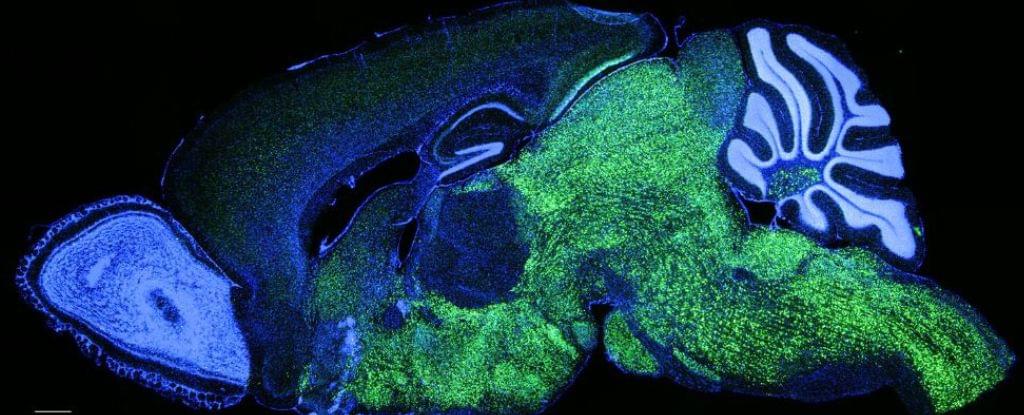Author summary Humans exhibit a remarkable ability to regulate their actions in response to changing environmental demands. An essential aspect of action regulation is action inhibition that occurs when stopping unwanted or inappropriate actions. However, everyday life rarely calls for complete inhibition of responses without switching behavior to adapt to new situations. Despite extensive research to understand how the brain switches actions, the computations underlying the switching process and how it relates to the selecting and stopping processes remain elusive. Part of this challenge lies in the fact that these processes are rarely studied together, making it difficult to develop a unified theory that explains the computational aspects of the action regulation mechanism. The current study aims to delineate the computations underlying action regulation functions that involve inhibitory control, explore how these functions interrelate, and how they can be implemented within brain networks, opening new avenues for future neurophysiological investigations.

